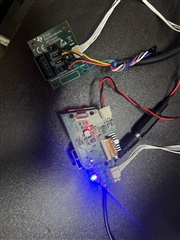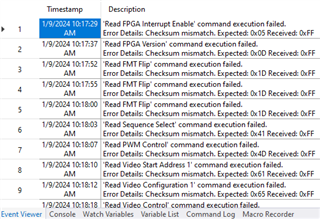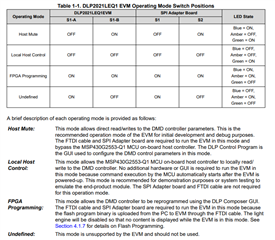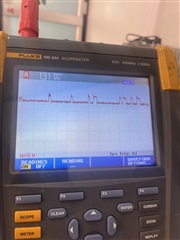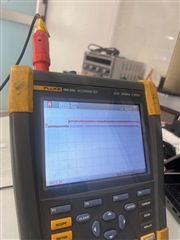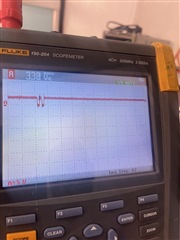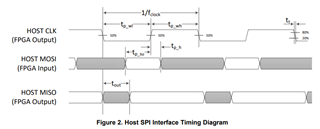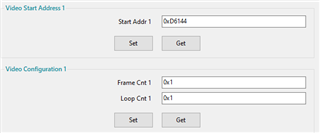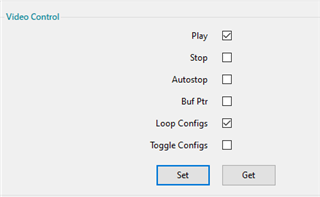Other Parts Discussed in Thread: DLP3021LEQ1EVM
Hi,
My EVM is not responding to both control program mode and fpga mode.
I am able to connect via GUI.
When i tried to change images via composer, it got crashed with below error:
"Firmware update failed, flash verification failed at block at offset 0x00083000".
Even i tried to flash the default img, still same issue. Kindly help to fix this error.
Thank you
Kalaivani K


